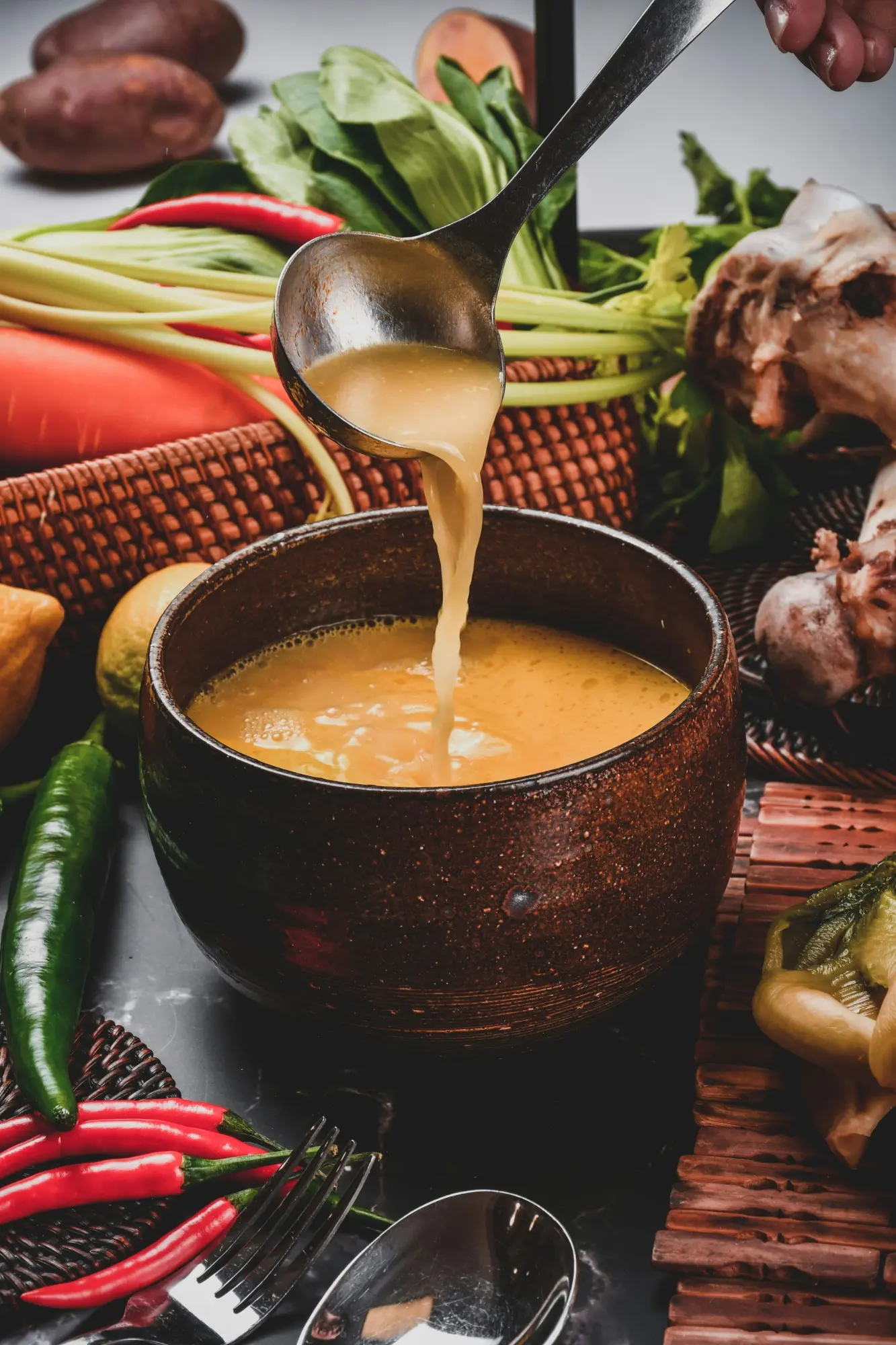Impact of Altitude on Food Preservation and Flavor Profiles
Higher altitudes present unique challenges for food preservation due to lower temperatures and reduced oxygen levels. This often leads to techniques like drying, smoking, and fermenting that were developed to ensure long-lasting sustenance.
Cooking techniques may also adapt to the environment, with stews and hearty casseroles becoming popular for their ability to warm the body and utilise available seasonal ingredients. Foods like root vegetables, herbs, and leafy greens flourish in these mountainous climates, as they can withstand harsh conditions while providing essential nourishment.
Let's delve into the astounding Alpine destination combinations that enhance the culinary experience amid stunning mountain landscapes.
Higher Altitudes in Preserving Ingredients
Altitude plays a significant role in food preservation, particularly in regions where the harsh climate necessitates specific techniques to ensure longevity. In the French Alps, the reliance on cured meats, such as saucisson and jambon cru, along with artisanal cheeses like reblochon and tomme, reflects the need to create sustenance that can withstand cold storage without spoiling.
Traditional dishes like raclette and fondue utilise these preserved ingredients and serve as comforting meals that provide essential nutrients and energy in colder weather. The melting of rich, aged cheeses into hearty servings accompanied by meats and vegetables showcases the perfect balance of flavour and nourishment, crucial for outdoor explorers facing the Alpine chill.
Cold Temperatures Affect Taste Perception
Cold temperatures significantly impact flavour perception, often dulling taste buds and creating a preference for more intense flavours. In high-altitude regions like Megève, dishes are crafted to meet this need; for instance, rich, cheesy delights such as raclette and fondue deliver robust, comforting flavours that stand up to the cold. Hearty stews infused with spices and smoked meats provide depth and complexity, ensuring warmth from the temperature and the taste experience.
This shift toward stronger flavours makes Alpine cuisine particularly appealing, as it revitalises weary skiers and hikers. Emphasising the need for boldness, Megève's culinary scene perfectly showcases how altitude and chill influence dining.





